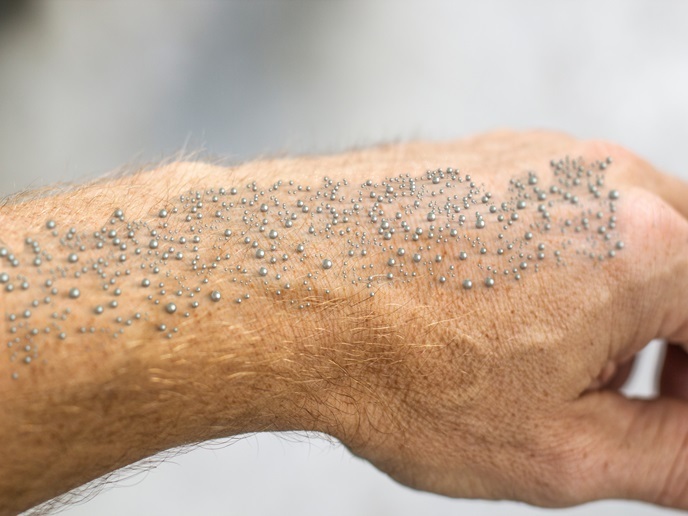A one-stop shop to ensure nanomaterials are safe and sustainable
Despite often being cited as a key enabling technology with the potential to revolutionise a variety of industries, nanotechnology still raises concerns. Tiny nanoparticles used in a wide range of products from sunscreen to drug delivery, can cross the protective internal barriers of living organisms, such as mucus-secreting membranes for instance. Once inhaled or ingested, they may affect tissues in the brain, lungs or heart. They can also leach into soil or water, creating a potential threat to aquatic and terrestrial organisms. “Before we can manage the risk from nanoparticles, we must first better understand their physicochemical properties and impact during exposure. Then we can suggest appropriate mitigation measures,” says Carlos Rumbo Lorenzo, co-coordinator of the DIAGONAL project. Alongside this aim, Rumbo and his colleagues at the University of Burgos in Spain set out to better quantify the sustainability implications of nanomaterials. “It’s important to accurately account for the global benefits of any future widespread use,” says Rumbo. Having already produced 28 peer-reviewed journal articles, with more in preparation, the project has also generated tools to help industry decision makers apply safe and sustainable by design (SSbD) principles to nanomaterials.
Characterising nanoparticles
Most nanoparticle research focuses on pristine or simple nanoforms. DIAGONAL concentrated on the more complex multicomponent nanomaterials (MCNMs) and high aspect ratio nanomaterials (HARNs). They were studied within seven industrial demonstrators, covering cosmetics, health, automotive, aerospace, oil and gas, textiles, and printed electronics. The demonstrators provided nanoparticle samples, so that Rumbo’s team could study their physicochemical properties, such as composition, size and surface chemistry. Meanwhile, realistic in vitro cellular models – including of lung, gastrointestinal tract, skin and immune cells – were developed to explore the impact of human exposure. On-site monitoring was also carried out at the demonstrators’ industrial facilities to gather detailed workplace data. To assess the ecological implications, the team studied the impacts of nanoparticles on model species selected from various habitats: worms (soil), ‘Pseudomonas putida’ biofilm (sediment), and daphnids and algae (freshwater). The combined data, augmented by molecular modelling and machine learning techniques, then informed DIAGONAL’s insights. Rumbo explains: “Our models characterise the structure of nanoparticles and simulate their behaviour in real environments. Thanks to AI we can now create models to predict the toxicity of a given MCNM or HARN.”
Trust in nanotechnology
DIAGONAL’s experimental and modelling work has inspired the development of SSbD strategies, validated by the project’s industrial partners and implemented by the demonstrators. These can be accessed through the DIAGONAL decision support tool which evaluates the relative safety of nanoparticles in particular scenarios, before proposing specific SSbD strategies alongside scores of anticipated impact. Crucially, these scores reflect concerns going beyond safety alone, encompassing wider environmental, economic and social impacts. “Assessing the impact of the tool’s SSbD strategies on sustainability issues in three case studies, we found significant improvements across the board. In one case study, we calculated that redesigning zinc oxide nanoparticles resulted in a 68 % mitigation of environmental risks and 87 % of social risks, as well as a 25 % cost reduction,” adds project co-coordinator Sonia Martel Martin. The decision support tool is hosted by DIAGONAL’s cloud-based platform, alongside other risk management webtools. “Our one-stop shop offers open access to the most up-to-date information for sector-specific risk management recommendations. Open databases and ongoing collaborations will ensure this continues,” adds Rumbo. Towards this end, while the team continues developing the support tools, it is already participating in joint activities with like-minded SSbD projects, such as SUNRISE and DESIDERATA.
Keywords
DIAGONAL, safe and sustainable by design, exposure, risk, nanoparticle, HARN, MCNM, multicomponent, sustainability, modelling, nanotechnology, safety







